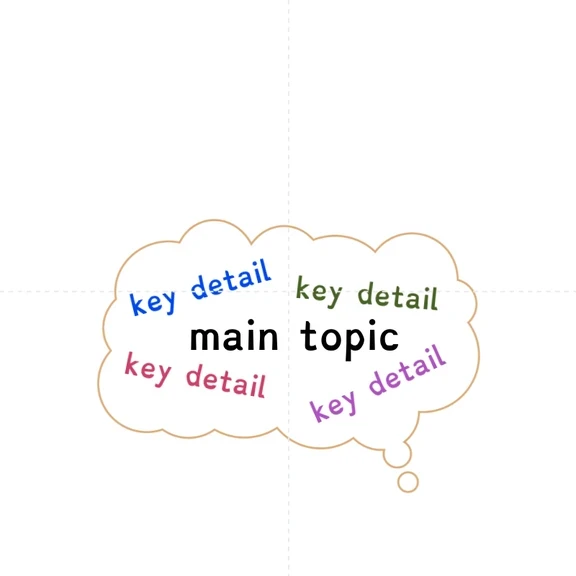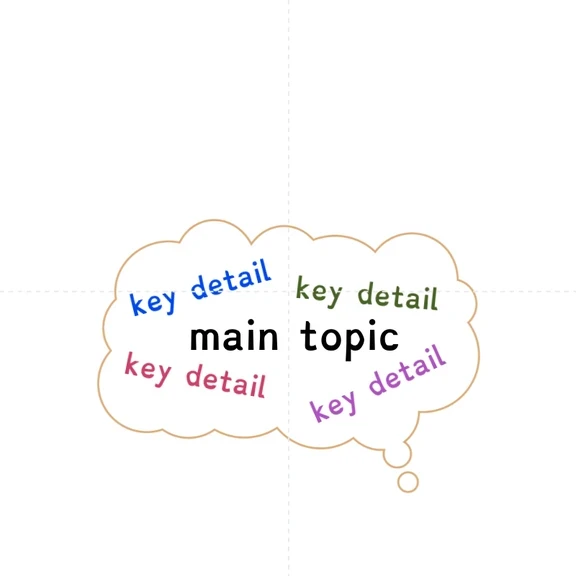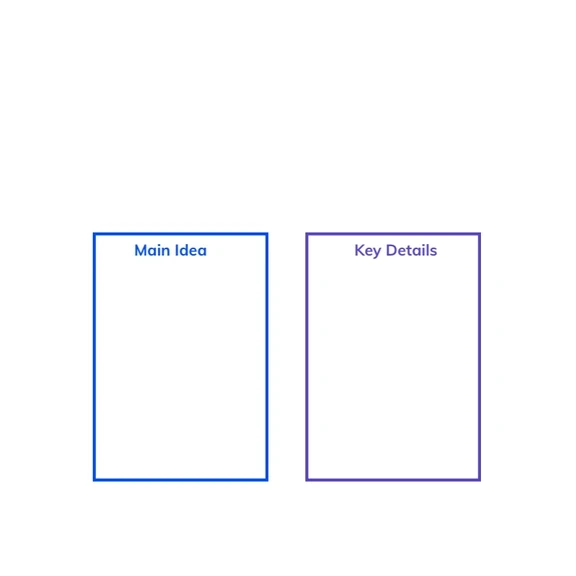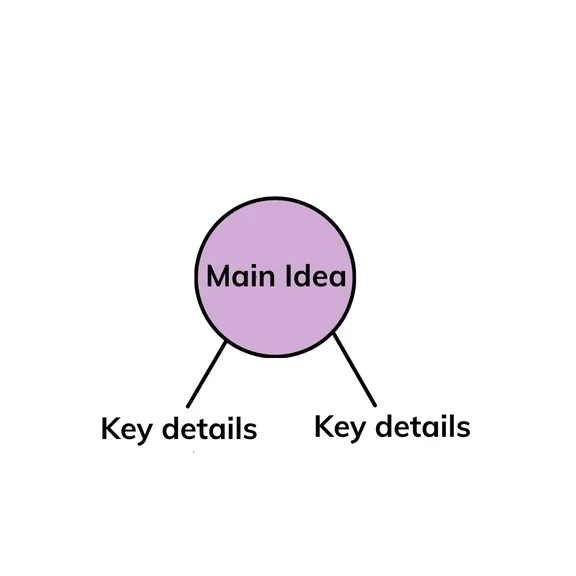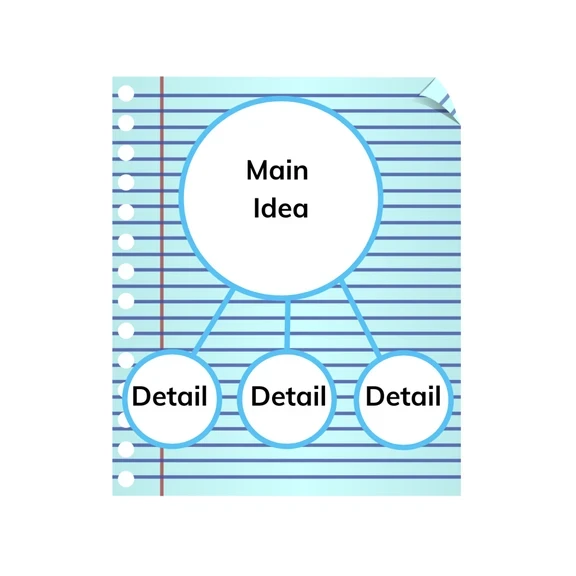
Identifying the Main Idea & Supporting Details of a Text
When reading, identifying the main idea of a text helps us better understand the point an author is trying to make.
The main idea of a text is usually supported by details and facts which expand on the main topic. Identifying these features of a passage can help students improve their reading comprehension.
Are you a teacher looking for lesson inspiration on this subject? We've got lesson content for grades K-8!
Gynzy offers teaching resources designed for interactive whiteboards. Here's a preview of our lesson plans about identifying the main idea and supporting details of a text!
Check out our content library for more lesson plans on finding the main idea & supporting details of a text.
Strategies for Identifying the Main Idea of a Text
Identifying the main idea of a text, whether it’s a single paragraph or a longer work, can improve our reading comprehension by helping us identify the evidence being used in support of a larger idea or thesis. The main idea or topic of a text is what the text is mostly about and can usually be summarized in 1 to 2 sentences.
The longer a text is, the more difficult it can be to identify the main idea. Primary strategies for identifying the main idea of a text include:
Look at the title of the text, as well as any pictures or headings included
Read the first and last sentence of the passage
Note any words or phrases that are repeated throughout the text
Summarize the text as best you can in one sentence
Ask yourself – what was this text mostly about?
Differentiating Supporting Details from a Main Idea
Part of the problem of trying to find one main idea of a text is that it may communicate many facts and ideas. So how can we differentiate the main point of a text from the details included to support the main idea?
Recognize that supporting details in a text are typically more specific than the main idea of a text. A supporting detail is meant to provide evidence for a broader idea. If you ask yourself what a passage is mostly about, you will typically find that any supporting details given are too narrow to answer that question. Supporting details can come in many forms such as:
The 5 W’s and How
Objective facts and historical examples
Comparisons made between different ideas
Definitions of key words or phrases
Appeals to emotion
Lists, charts, or other images
Anecdotes
As an example, we can use this National Geographic article on global warming from our grade 6-8 lesson on finding the central idea and supporting details of a text. This article is a good example of a passage where the first sentence does a good job of introducing the main topic of the passage (“Global warming is the long-term warming of the planet’s overall temperature”).
But let’s say we are struggling to pick out the main idea of the passage from the supporting details provided. In the second paragraph, we find this sentence: “Gasses produced by the burning of fossil fuels prevent the heat from leaving the atmosphere.”
How do we place this sentence within the larger context of the article? For one, we notice that this sentence doesn’t explain what “fossil fuels” are, nor does it explain why the gasses from fossil fuels heat our atmosphere. We may also recognize that the title of this page is “Global Warming” and that this specific sentence does not mention those words. These clues tell us that this sentence is not the main idea of the passage but a supporting detail about a broader point.
Helping Students Improve Reading Comprehension
The line between the main idea of a passage and the supporting details included within it can sometimes be blurry. But by actively reading, summarizing, and asking questions of the text as we read it, we can do a better job of identifying the most important points being made in the passage to improve the speed and quality of our reading comprehension.
These are only one small part of our standards-aligned English lessons designed to help make students into better readers and writers. You can also check out our sight word lessons to build student vocabularies and improve their reading comprehension.

